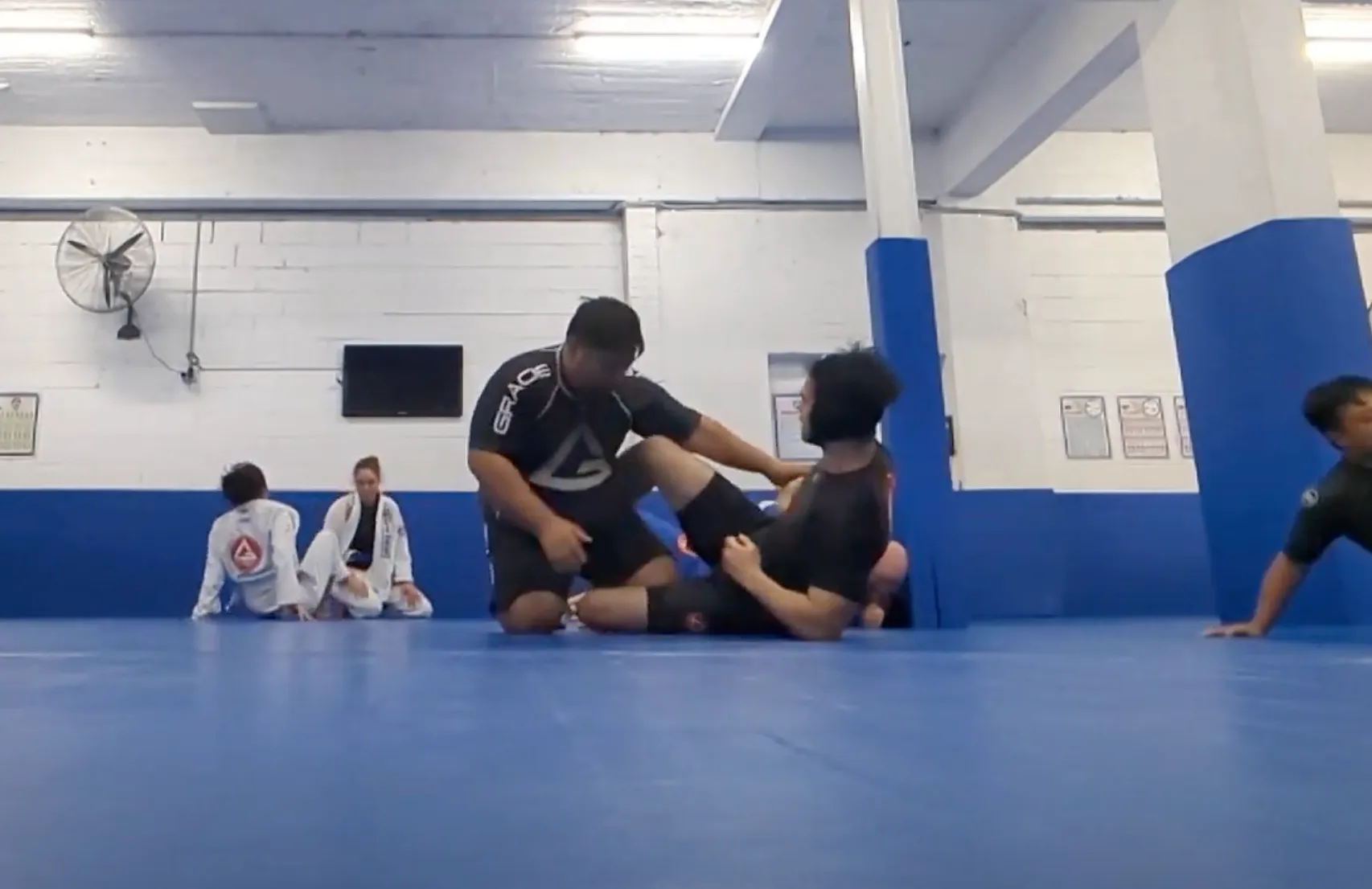Training Jiu Jitsu in your 30s

Training in jiu-jitsu isn't easy, and starting jiu-jitsu in your 30s can be even tougher. I began my jiu-jitsu journey at the age of 33, and I must admit that it wasn't an easy journey.
My martial arts journey began when I was 28, training in Chinese traditional martial arts and kickboxing. In my younger years, I competed in badminton competitively. So, when I entered the world of jiu-jitsu, I brought some athleticism and relatively good physical condition with me (from kickboxing of course and not from badminton). However, I did start training after the first lockdown in Sydney, so I wasn't in my best shape, but I was in okay shape.
Starting jiu-jitsu was challenging; I had to be cautious about how hard I pushed myself to avoid injuries. In the beginning, I wasn't fully aware of all the potential injuries that could occur during training.
I was aware of armbars and shoulder locks that can potentially hurt or dislocate your joints. But not everything else that can come it it.
If you're not aware of it, injuries are a significant concern in martial arts, and jiu-jitsu is no exception. Here are some strategies I employ to manage and mitigate injuries, allowing me to continue training without taking extended breaks:
- Incorporate rest days into your training regimen. Remember, you're not in your 20s anymore, and your body needs time to recover. Sufficient sleep is crucial, as training while exhausted from work increases the risk of injury.
- Listen to your body. If you feel sore and fatigued, consider resting or training lightly. You don't have to push yourself to the limit every day. You're not a world champion, and consistent, lighter training can be more beneficial than intense workouts a couple of times a week.
- Build a network of favorite training partners. Over time, you'll make friends and identify those who make good training partners. Stick with them, and you'll enjoy your training sessions more.
- Don't feel obligated to accept every roll. If you sense that someone is rolling aggressively and you're not up for it, politely decline or communicate that you'd prefer a lighter round that day.
- Prioritize your health during training. Be proactive about your safety. If something feels painful or unusual, tap out and assess the situation. Preventative tapping can save you from potential injuries.
- Consider strength and conditioning exercises outside of class. Building muscle and flexibility around your knees, elbows, and shoulders can provide additional joint stability and resistance to injuries.
- Be aware of your surroundings. Many injuries are avoidable by paying attention to your environment. For instance, if you see two people occupying a large mat space, try to move out of their way. If the mats are crowded, they shouldn't be engaging in throws or rolls that could lead to accidents.
- Tap early during training. Recognize that, especially in the beginning, your training partners may be more skilled. Tapping out is an essential part of the learning process. Tap early when your arm is vulnerable and you can't defend it to prevent injuries.
By following these guidelines and staying mindful of your own safety and well-being, you can continue your jiu-jitsu journey while minimizing the risk of injuries. Remember, a cautious approach allows you to enjoy the sport and progress steadily.
